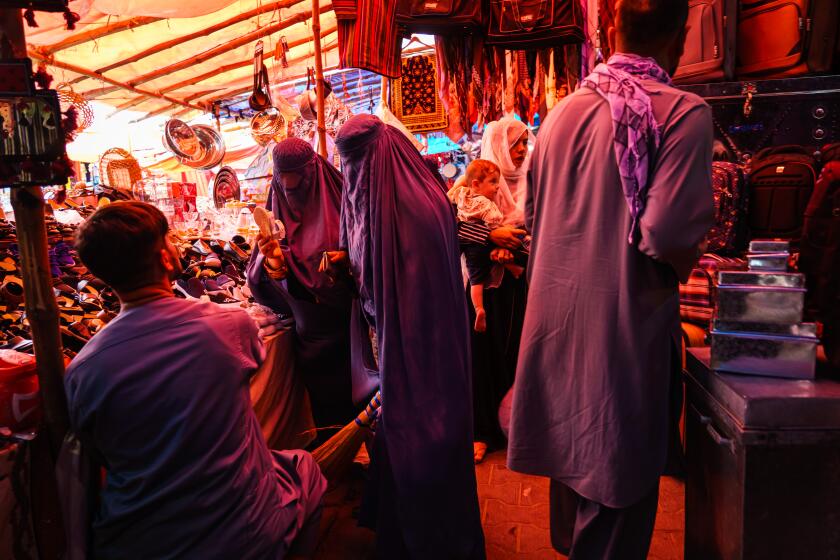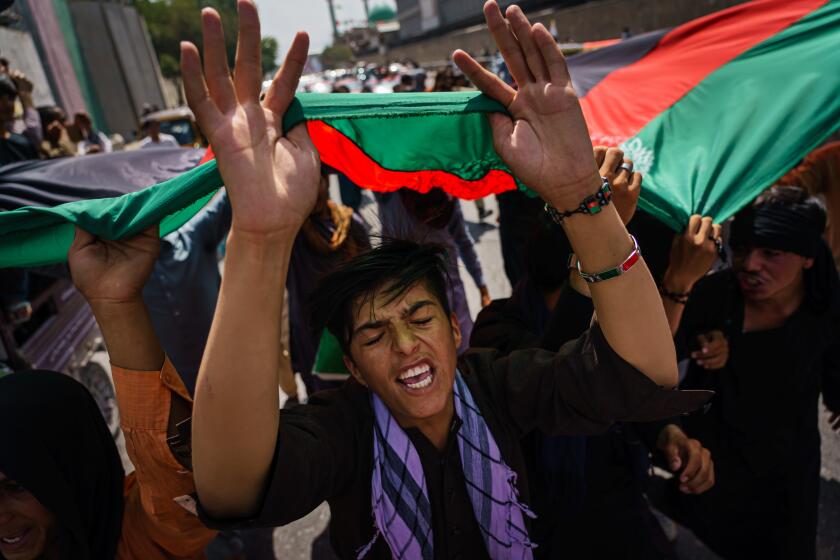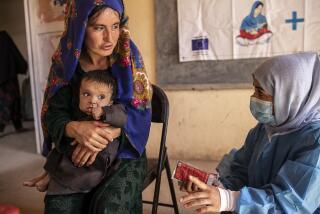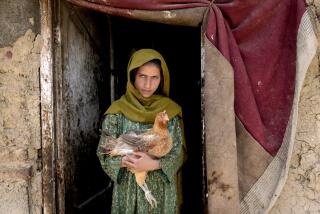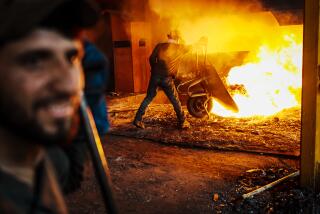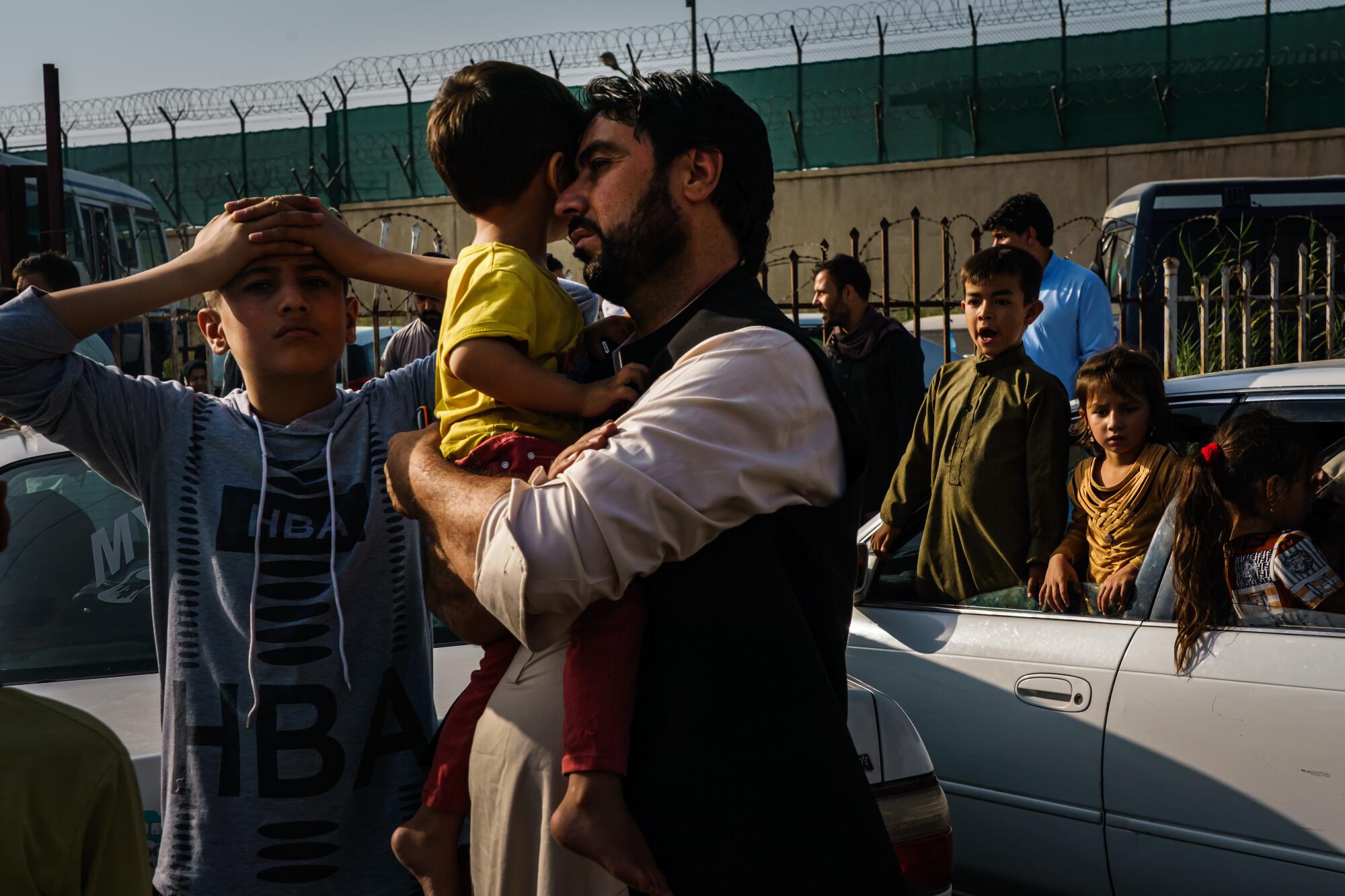
DUBAI, United Arab Emirates â With the Taliban cementing its grip over Afghanistan, the country faces an economic cataclysm as world powers and international financial institutions move to withhold or freeze billions of dollars in assets and aid from a government run by a pariah movement.
The militant groupâs blitz into the Afghan capital, Kabul, leaves it in charge of a war-stressed state heavily reliant on outside dollars that over the last two decades have covered three quarters of government spending. Some of that may be in jeopardy as the Taliban is subject to a bevy of sanctions from the U.S., European Union and the United Nations.
Without that money â Kabul received $4.2 billion in development assistance in 2019 â the government is all but bankrupt. The Taliban is facing enormous pressure to show Afghans and the world that, beyond upholding the tenets of Islam, it can pay civil servants, buy fuel, pick up garbage, run hospitals and develop a country more modernized and transformed from when the group first ruled between 1996 and 2001.
U.S. and its allies Friday stepped up evacuation efforts from the Afghan capital, Kabul, where thousands of desperate people ringed the airport
The Talibanâs return to power â its sneaker-wearing, camo-fitted fighters roam the capital â has plunged the group into the realities of governance. Sporadic protests against it have broken out across the country by a population that has grown accustomed to smartphones, civil liberties, education and other freedoms that came with years of American occupation.
The group is suppressing resistance while attempting to show the international community, including China and other regional investors, that, despite its militant roots and Islamist fundamentalism, it can lead a nation. Image has become increasingly important: Taliban spokesmen have been reaching out to foreign journalists in Kabul, suggesting the group is not what it was 20 years ago, when women were forbidden from working and forced to wear burqas.
Not far from where those spokesmen congregate is another image, that of thousands of Afghans running a chaotic gantlet of dangers, including truncheon-wielding Taliban fighters, to make their way to the airport and escape the country.
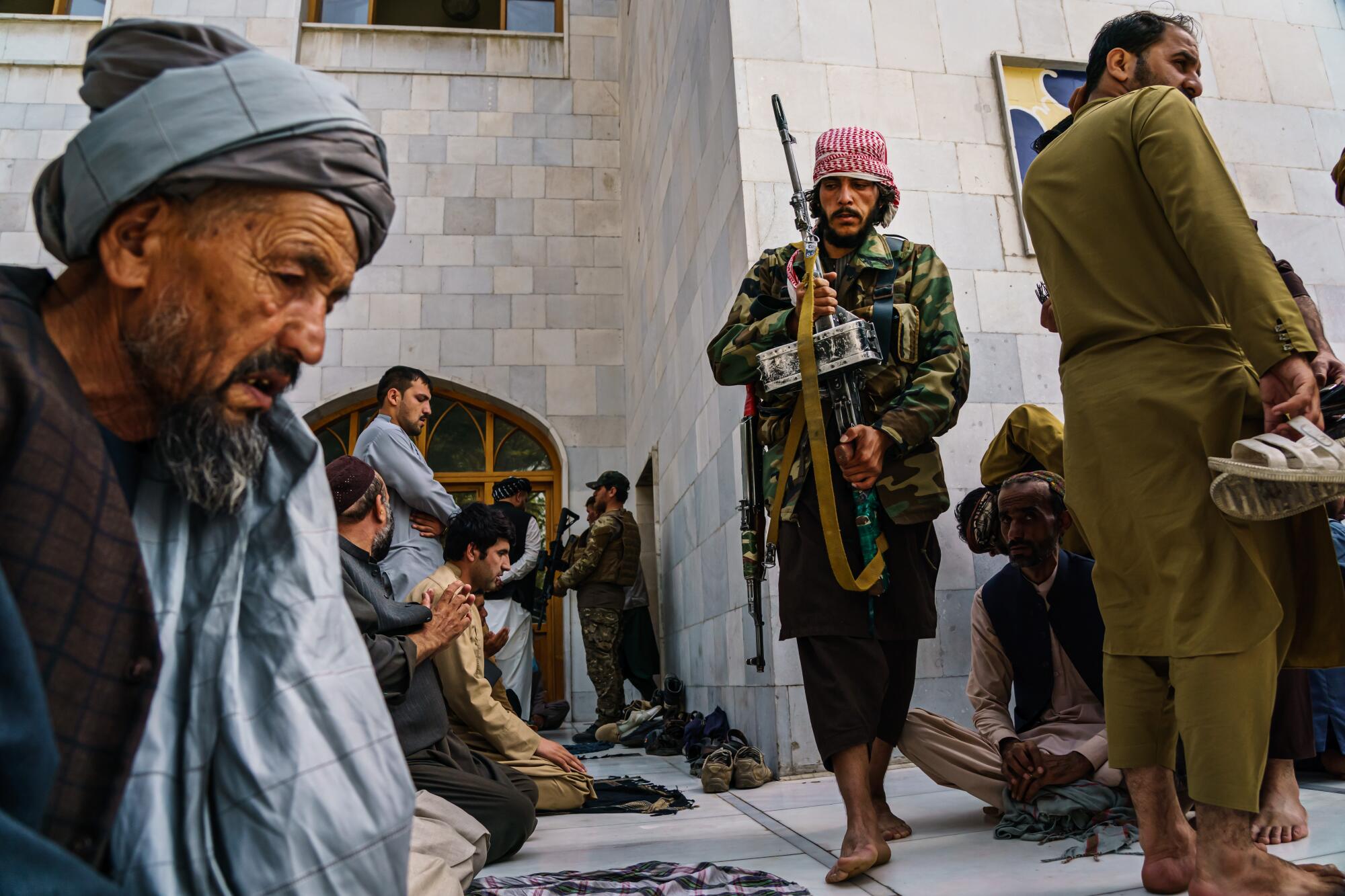
But the more immediate problem is that Afghanistan, one of the worldâs poorest countries, is a cash economy, with only 10% of the adult population holding a bank account, according to a 2018 World Bank report. The local currency, the afghani, is propped up by regular bulk shipments of U.S. dollars from abroad every few weeks to Afghanistanâs central bank.
Those funds are drawn from some $9 billion to $10 billion in foreign currency and gold reserves as well as liquid assets such as U.S. Treasury bonds, according to Ajmal Ahmady, former head of the countryâs central bank, who escaped from the country last Sunday.
Taliban fighters rough up two journalists, then seek to make amends by offering water and a sports drink.
The last shipment of those funds was due to arrive that day, which is when the Taliban seized the capital, meaning that the country is in effect starved of dollars. Even before the Taliban breached Kabul, the central bank had placed limits on withdrawals.
Since then, financial institutions and money exchange shops remained shuttered. But when they open it could lead to a run on banks as people rush for cash, said Anwar-ul-Haq Ahady, former finance minister and central governor, which will have a âvery negative impact on the exchange, and a disastrous impact on the economy.â
âThe main reason for foreign exchange stability has been that weâve been receiving a constant, pretty large sum of money,â he said. âItâs imperative for stakeholders in Afghanistan to recognize the situation.â
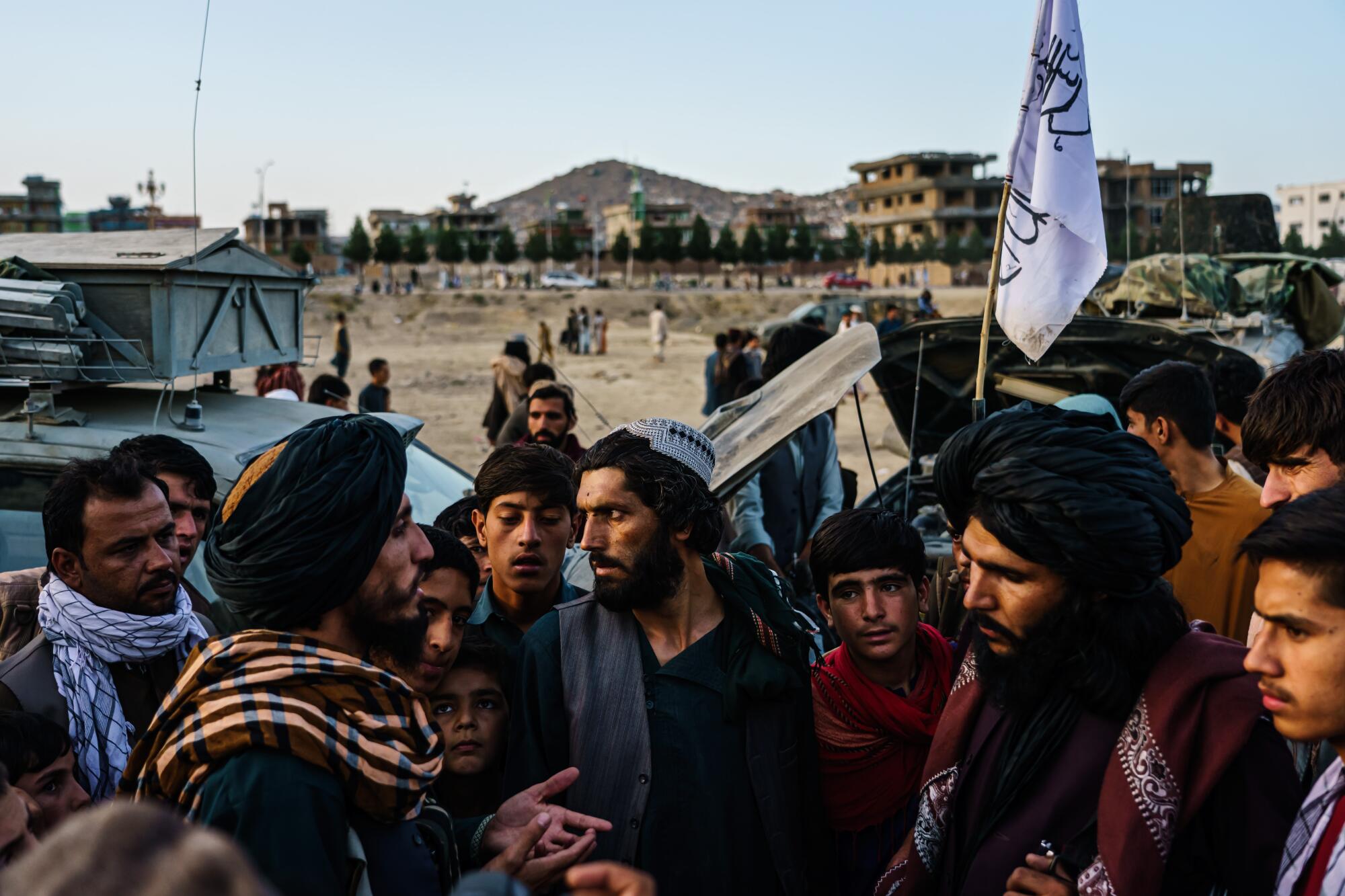
The Taliban, said Ahmady, can access only 0.1% to 0.2% of Afghanistanâs total international reserves. An auditor report from the end of 2020 also indicates there are some $159,600 worth of gold bars and silver coins held in the vault inside the Arg, the Afghan presidential palace, which the Taliban took over last Sunday.
Without the support for the afghani currency, said Graeme Smith, a consultant researcher with the Overseas Development Institute, coming weeks could see a cratering of the afghaniâs value to the dollar along with a sharp rise in food prices.
Afghans have little recourse to access other sources of dollars. Western Union, an important lifeline for Afghans to get money from abroad, announced that it was suspending services until further notice. MoneyGram, another service, made no such announcement but appears to have stopped working in Afghanistan as well. Last year, remittances to Afghanistan totaled some $788.9 million, nearly 4% of the countryâs gross domestic product.
The instability, not to mention an economy recalibrating to a new existence without the billions of NGO, embassy and contractor cash, has deflated Kabulâs rhythm; markets are still open, but many high-end shops are closed.
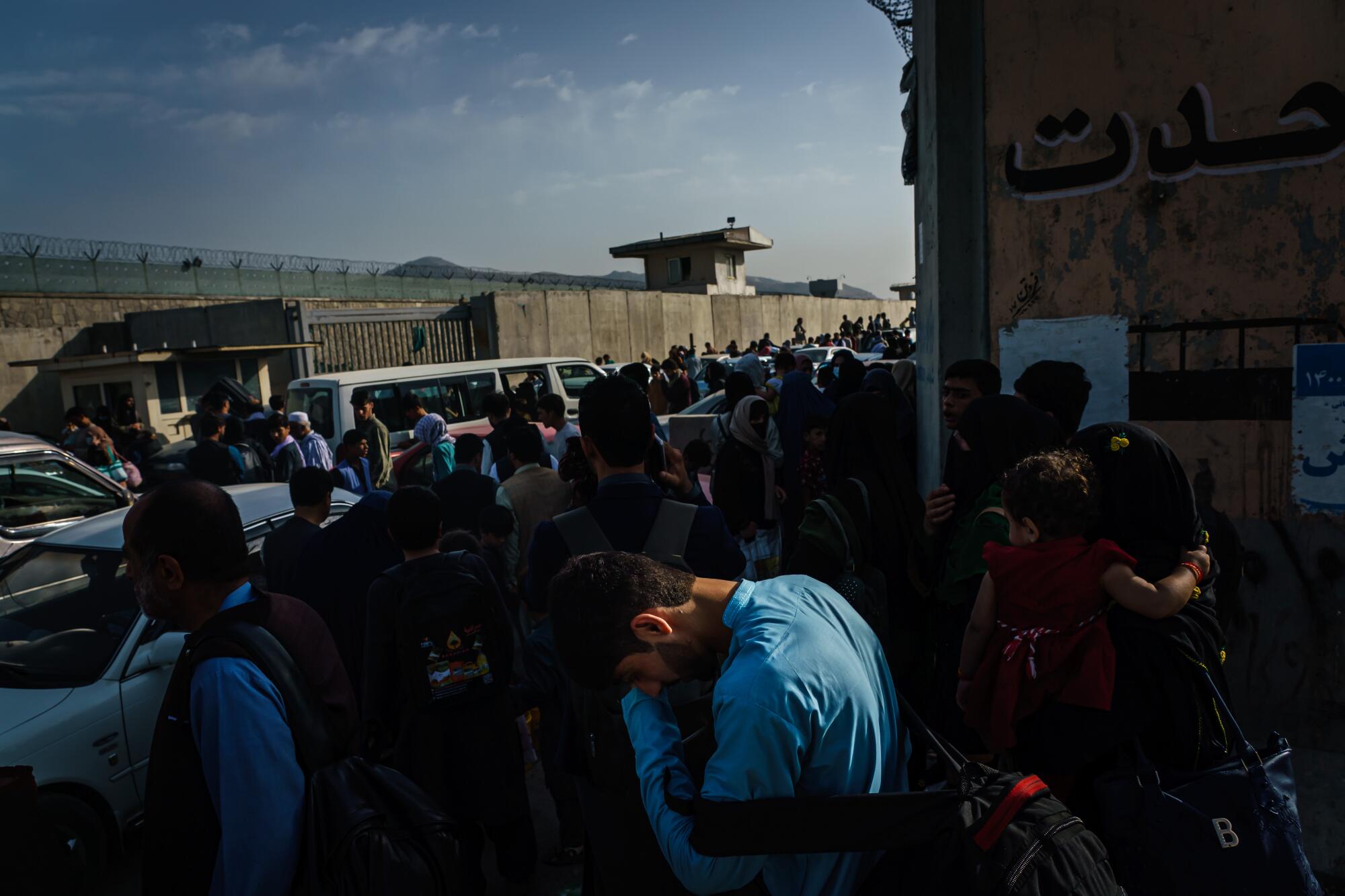
Aside from the blocked currency reserves, world powers have limited access to the huge amounts of aid normally given to the Afghan state. The International Monetary Fund had been set Monday to grant Kabul roughly $460 million in special drawing rights, or SDRs, a reserve asset that the government can exchange for hard currency, including U.S. dollars. But pressure from U.S. lawmakers pushed the IMF to put the plan on hold.
âAs is always the case, the IMF is guided by the views of the international community,â an IMF spokesperson said in a statement Thursday. âThere is currently a lack of clarity within the international community regarding recognition of a government in Afghanistan, as a consequence of which the country cannot access SDRs or other IMF resources.â
Governments are hoping to use financial aid as a pressure point for the Taliban to make concessions.
âSay the Taliban comes in and behaves properly. Itâs possible the U.S. could remove sanctions in total or in a phased approach,â said Brian OâToole, a former official with the U.S. Treasury Office of Foreign Assets Control, known as OFAC.
If it doesnât, though, the U.S. would have a hard time ensuring sanctions wouldnât affect the humanitarian assistance the country desperately needs.
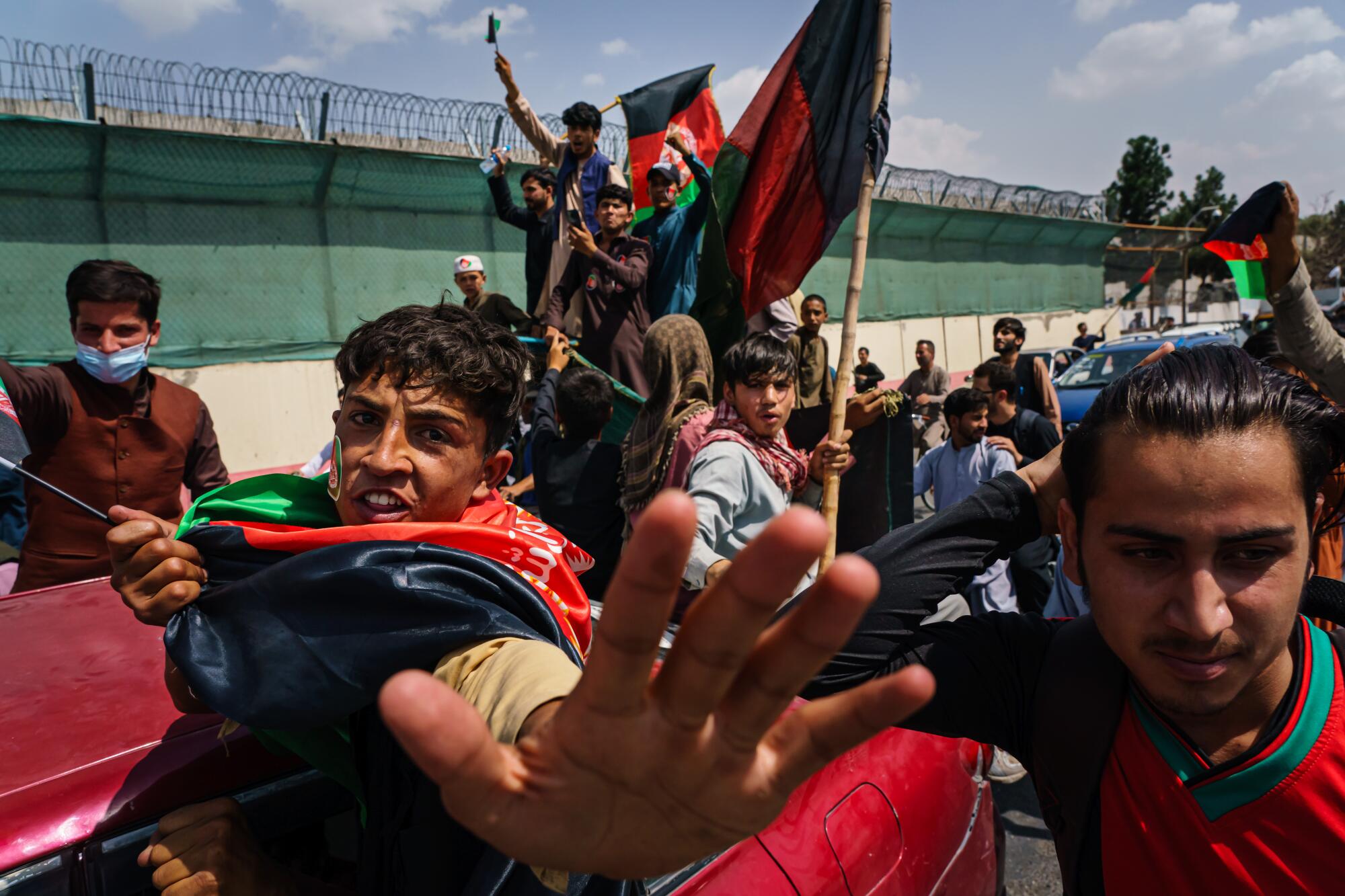
âNormal humanitarian exemptions typically carry a caveat that they donât apply if youâre dealing with a terrorist group, which makes sense,â he said. âBut that doesnât make sense here because the government is a terrorist group. Because so much of this stuff is precipitated by us pulling out, [Treasury officials] need to work harder than they normally would to facilitate and encourage humanitarian transactions.â
But Smith believes this to be a nonstarter.
âIt will be a tool for negotiations in the short term,â he said. âBut this idea that the Taliban will become the kind of government we want them to become because of financial pressure ignores the vast amount of informal money sloshing around the war zone.â
Though much of the focus has been on the drug trade tied to the countryâs opium production, the Talibanâs real source of income has been taxation of legal goods, from fuel to cigarettes to cars and minerals, all passing through Afghani-stan to its neighbors, said David Mansfield, an Afghanistan analyst consulting for the Overseas Development Institute who has researched the informal economy.
That is especially true in the provinces, he said, where whatever development assistance trickled down from Kabul had long been dwarfed by off-the-books economic activity: In the southwestern province of Nimruz on the border with Iran, for example, the Taliban collected $225 million annually in taxes from roughly $2.2 billion in trade.
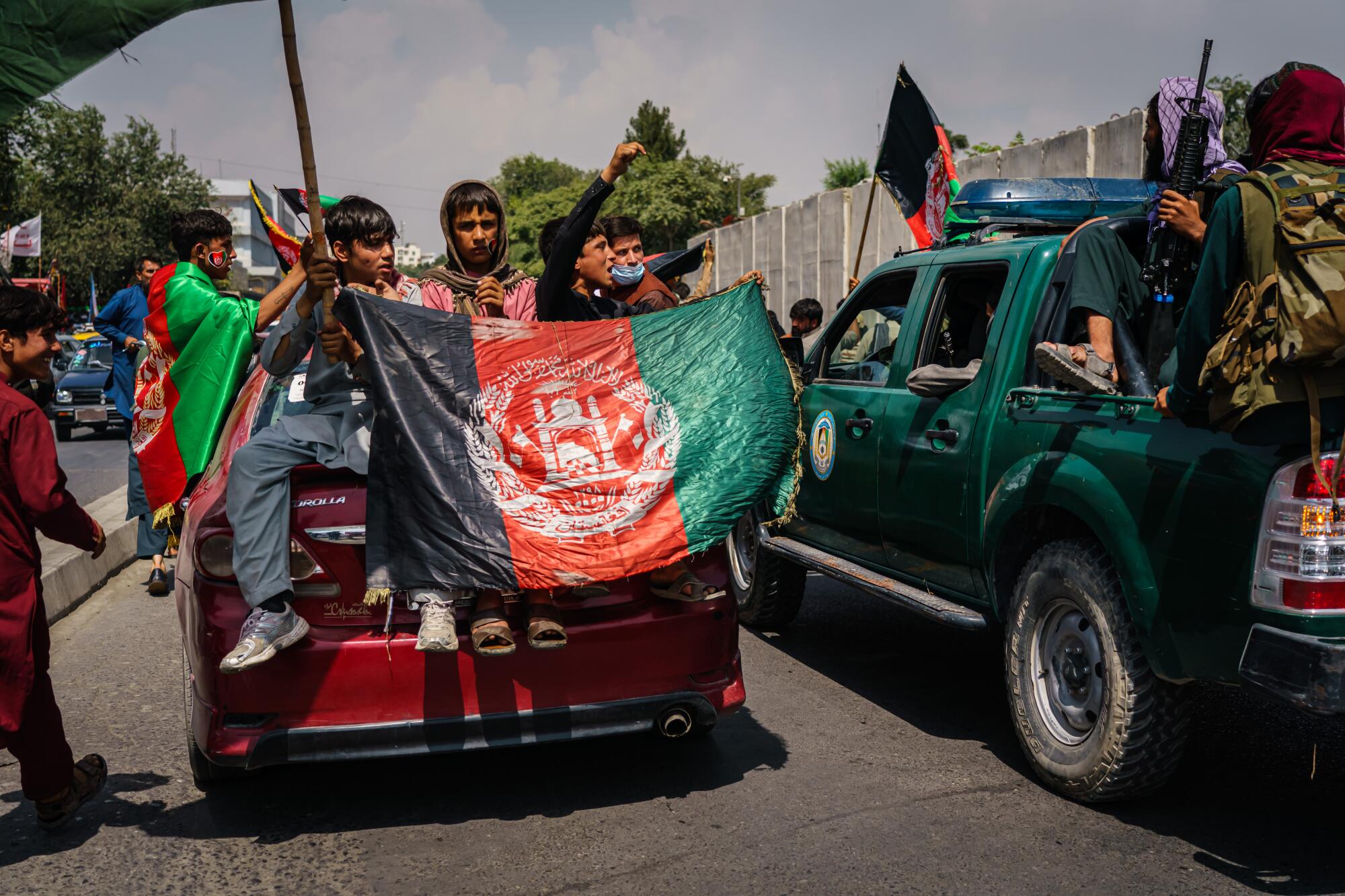
Trade inflows like those were enough for the Taliban as an insurgency, but there are also indications the group could run the state more cheaply than the government it replaced.
For one, it wouldnât have to spend $5 billion to $6 billion on security personnel, and â at least before its takeover â it proved to be less venal in the areas it controlled than the corrupt state of President Ashraf Ghani, who has fled the country.
âGovernment people would shake you down at gunpoint, whereas the Taliban had a more centralized system of customs,â Smith said.
Much also depends on neighboring countries, especially China, which already has forged links with the group and wants trade to continue, even as it is wary that the Talibanâs recent victory will spur extremism across the region. Last month, Taliban co-founder Abdul Ghani Baradar traveled to Tianjin, a port city near Beijing, and met with Chinese Foreign Minister Wang Yi. He said that China had âalways been a reliable friend of the Afghan people.â
But it also is a matter of what kind of state the Taliban wants, Mansfield said.
âIf they find the kind of conditions asked of them completely unpalatable, they may head towards a minimalist position, like it was in the 1990s, with five or six guys â a small militia â sitting around in district headquarters, no health and education provision â a focus on security only,â he said.
âIf thatâs the case we are likely to see a refugee exodus, an economic crisis and hyperinflation.â
In the meantime, Ahmady said, banks would be unable to supply dollars to patrons, a situation that he said had nothing to do with the central back or its staff, but a result of the sanctions policy.
âTaliban and their backers should have foreseen this result. Taliban won militarily â but now have to govern,â he tweeted.
âIt is not easy.â
More to Read
Sign up for Essential California
The most important California stories and recommendations in your inbox every morning.
You may occasionally receive promotional content from the Los Angeles Times.
